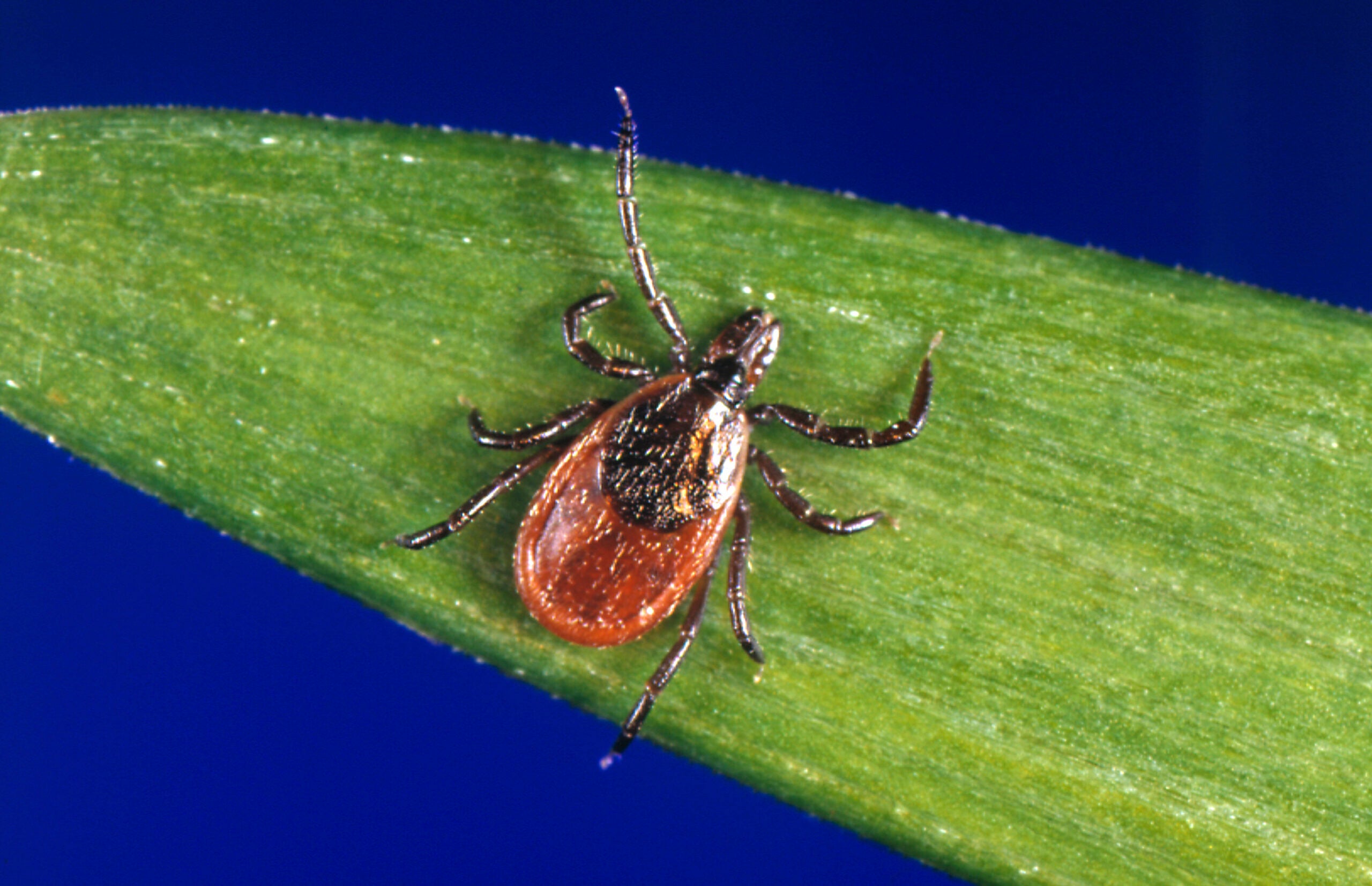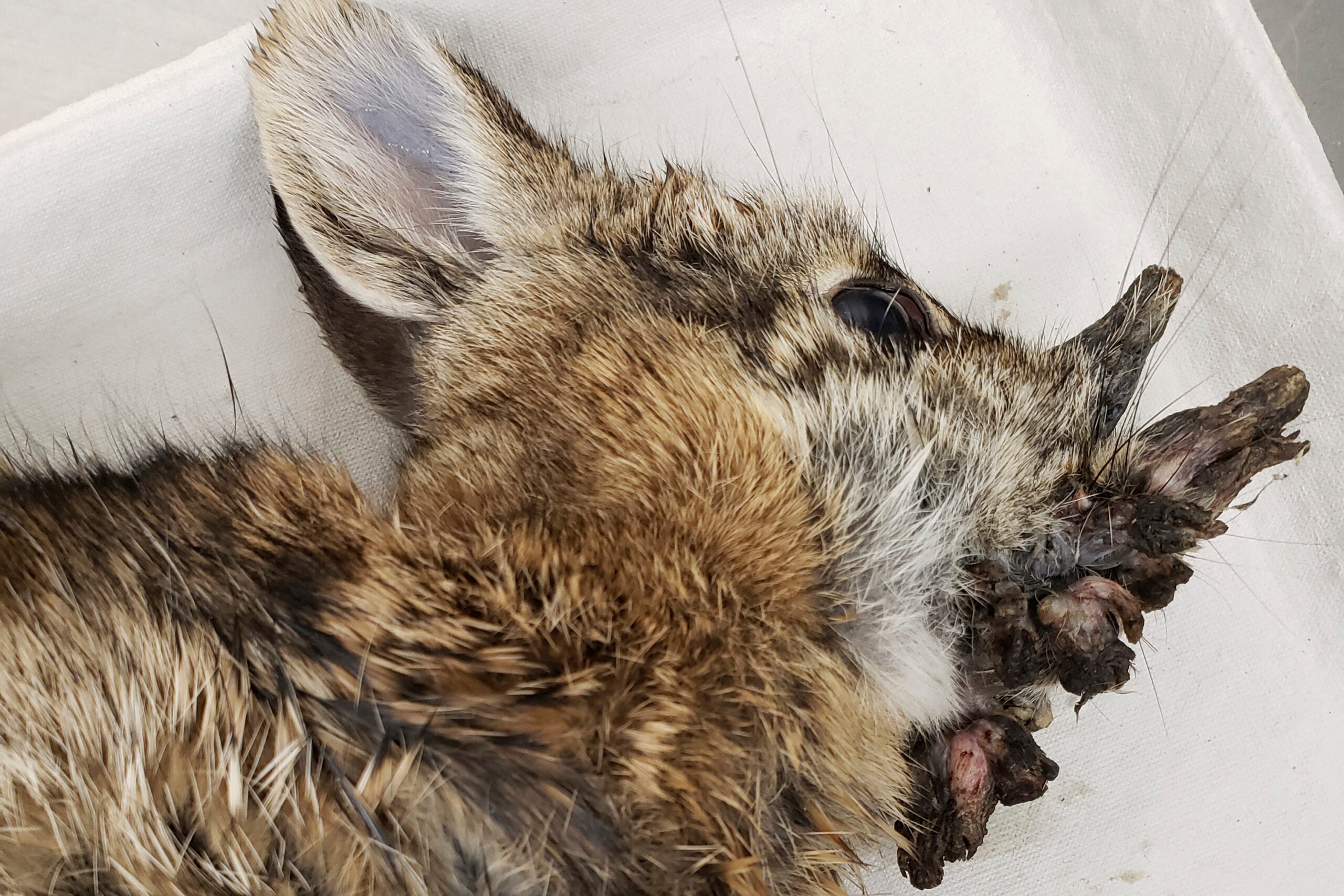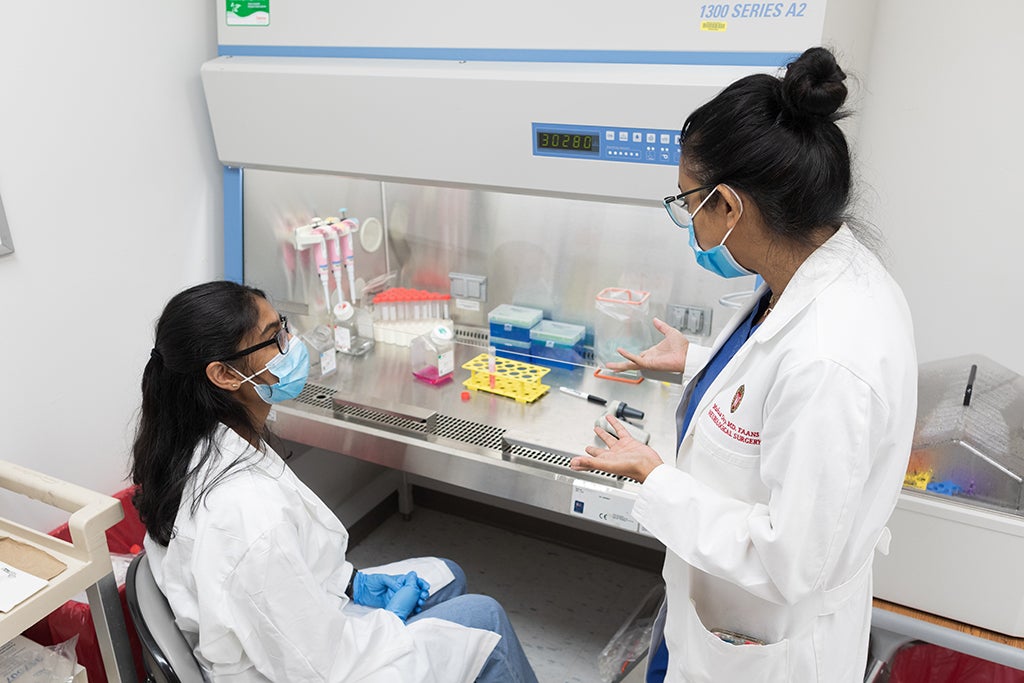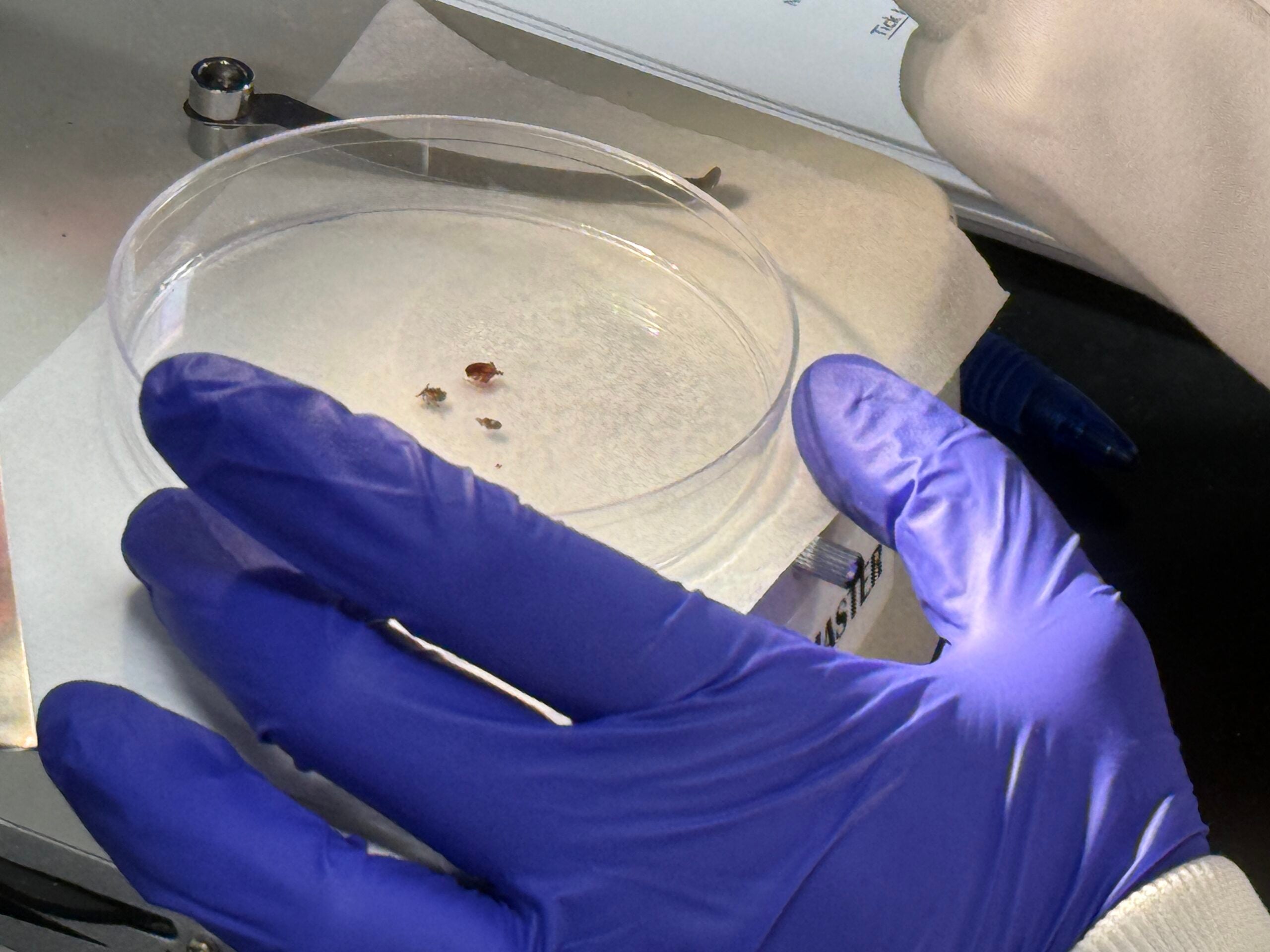University of Wisconsin-Madison researchers are hoping a new smartphone app will help them gain a better understanding of where people come across ticks as Wisconsin is increasingly a hotbed for tick-borne illnesses like Lyme disease.
The Tick App helps people identify ticks and provides instructions on how to remove them from your body. The app gives users daily reminders to keep track of when and where they find ticks in a two-week “tick diary.”
Susan Paskewitz chairs the entomology department at UW-Madison and helped develop the app.
News with a little more humanity
WPR’s “Wisconsin Today” newsletter keeps you connected to the state you love without feeling overwhelmed. No paywall. No agenda. No corporate filter.
She said researchers are collecting data on all kinds of ticks users find but they’re especially interested in nymph data.
Nymphs are larvae that have molted into young ticks. These young ticks can carry illnesses that they acquire while feeding as larvae.
“And then when it becomes the nymph, it’s still infected and it needs to feed on something and so that then can transmit to the human, your animal you know, another wild animal that they might feed on and those nymphs are just a couple millimeters long,” Paskewitz said.
Paskewitz said part of the project is rethinking what researchers think they known.
“We’ve had some pretty dramatic failures when we’ve tried to get out and institute control programs that we think should work based on what we know about tick biology and human exposure and human risk,” she said.
Bieneke Bron, a postdoctoral researcher at UW-Madison leading the project, said people might be encountering ticks where they least expect it.
“We think often that we get them in the woods but they are also in our backyards especially if you are sharing the edge with the woods or a city park,” Bron said.
Ticks can be found in backyards in piles of logs or woodchips where animals like mice sometimes hide.
Researchers hope people sign up during peak nymph season which is typically June and the first two weeks of July.
Bron said the team hopes to make improvements after its pilot year.
Wisconsin Public Radio, © Copyright 2026, Board of Regents of the University of Wisconsin System and Wisconsin Educational Communications Board.




